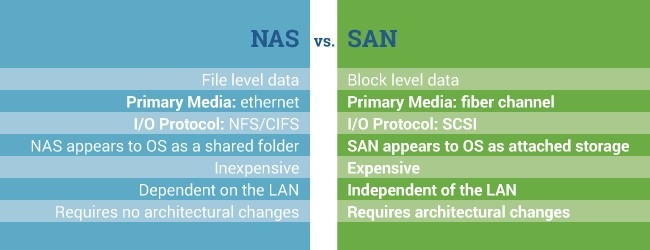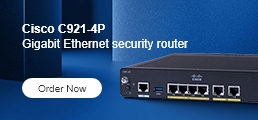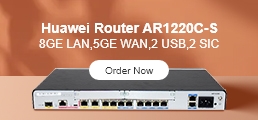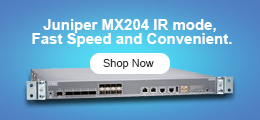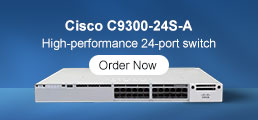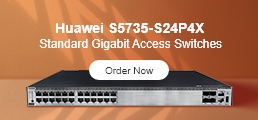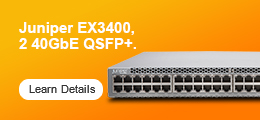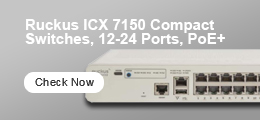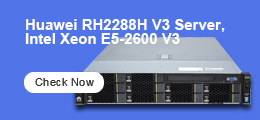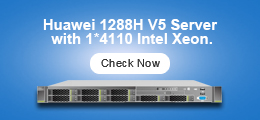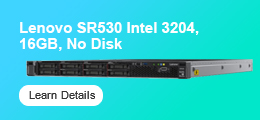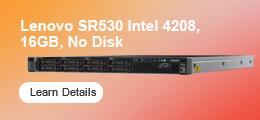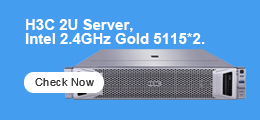What is a San?
A storage area network (SAN) is a dedicated network that enables servers to share a pool of storage resources. SANs are complex, interwoven systems most frequently used with mission-critical data and databases.
As a separate network, a SAN moves resources off of the LAN (local area network), creating a separate, high-speed, more organized environment that can be accessed by each client OS as if it were directly attached storage. A SAN is more than just one device, it is a network of storage devices that work together as a single cluster.
What is a Nas?
Network-attached storage (NAS) is a type of dedicated file storage device that provides local-area network local area network (LAN) nodes with file-based shared storage through a standard Ethernet connection.
The Differences of San and Nas
The differences between NAS and SAN can be seen when comparing their cabling and how they're connected to the system, as well as how communication to the device occurs.
① SAN vs. NAS Technology
A NAS unit includes a dedicated hardware device that connects to a local area network, usually through an Ethernet connection.
This NAS server authenticates clients and manages file operations in much the same manner as traditional file servers, through well-established network protocols.
To reduce the costs that occur with traditional file servers, NAS devices generally run an embedded operating system on simplified hardware and lack peripherals like a monitor or keyboard.
A SAN commonly utilizes Fibre Channel interconnects and connects a set of storage devices that are able to share data with one another.
② SAN vs. NAS Usage Models
The administrator of a home or small business network can connect one NAS device to their local area network. The NAS maintains its own IP address comparable to computers and other TCP/IP devices. Using a software program that is provided with the NAS hardware, the network administrator can set up automatic or manual backups and file copies between the NAS and all the other connected devices.
③ SAN/NAS Convergence
As internet technologies like TCP/IP and Ethernet have proliferated worldwide, some SAN products are making the transition from Fibre Channel to the same IP-based approach NAS uses. Also, with the rapid improvements in disk storage technology, today's NAS devices now offer capacities and performance that once were only possible with SAN.
These two industry factors have led to a partial convergence of NAS and SAN approaches to network storage.
